INDIA TO CLOCK 7.1% GDP THIS YEAR : UNITED NATIONS
 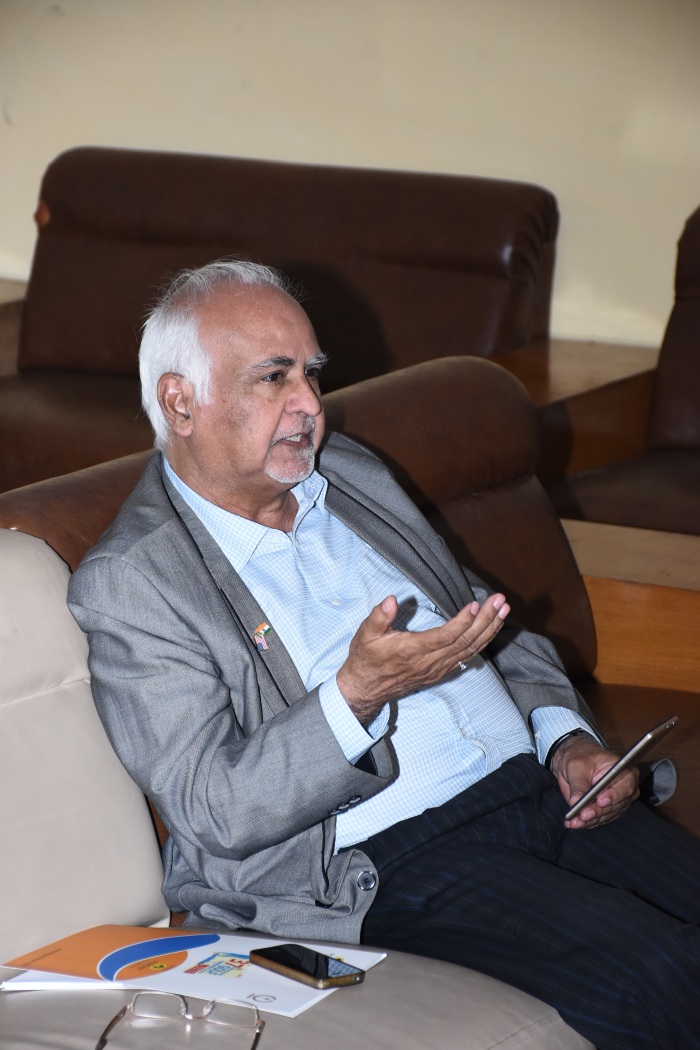 |
|---|
02.05.2017 15:19:06 – India to clock 7.1% GDP this year : United Nations
(live-PR.com) – UN report has said, India is expected to achieve 7 point 1 per cent growth this year as re-monetisation restores consumption, and infrastructure spending increases. The UN Economic and Social Commission for Asia and the Pacific or ESCAP launched its annual flagship report ‘The Economic and Social Survey of Asia and the Pacific 2017’ yesterday.
The report said, India’s growth
would edge up to 7.5 per cent next year. It however, warned that the country faces heightened risks related to the concentration of bad loans in the public sector banks.
According to ‘The Economic and Social Survey of Asia and the Pacific 2017’ report released by United Nations , India is likely to clock 7.1 % growth this year as “re-monetisation restores consumption, and infrastructure spending increases, before edging up to 7.5 % in 2018 , warning that the country faces heightened risks related to the concentration of bad loans in the public sector banks.
The UN Economic and Social Commission for Asia and the Pacific (ESCAP) in its annual flagship report launched recently said that Indian economic growth is anticipated to be stable at 7.1 % in 2017 before edging up to 7.5 % in 2018, underpinned by higher private and public consumption and increased infrastructure spending.
As per the report ,the gross non-performing assets ratio in public sector banks reached almost 12 % in 2016, which points to the need for “bank recapitalisation”. Inflation is expected to reach 5.3-5.5 % in 2017 and 2018, being somewhat above the official target of 4.5-5 % .
While the impact of demonetisation on the economy is likely to be temporary, a slower-than-expected revival would predominantly lessen the outlook for cash-intensive sectors and supply chains for agricultural products.
Notwithstanding its short-term disruptions, the report said one of the medium-term benefits of demonetisation was to help expand banking sector liquidity. “The country’s medium-term economic development will also benefit from recent reforms that are aimed at easing domestic supply bottlenecks, such as the implementation of the goods and services tax, amendment of a bankruptcy law and opening up of the pharmaceuticals, defence and civil aviation sectors,” it said.
Fixed investment continued to contract as stressed corporate balance sheets suppressed firms’ appetite for additional spending.
Overall, the still rapid output growth in 2016 benefited from a modest recovery in agriculture due to an improved monsoon season and robust growth in public administration following public sector salary increases, it said.
Despite the overall fiscal tightening, capital expenditure under the budget for fiscal year 2017/18 is about 25 per cent higher than that in the preceding budget.
The report tinted that in spite of a largely positive economic outlook for 2017, Asia-Pacific economies are vulnerable to rising global uncertainty and trade protectionism. The region’s developing economies are expected to grow at 5 % and 5.1 % in 2017 and 2018 up from 4.9 % last year.The projected moderate Asia-Pacific economic growth faces risks from rising protectionism and global uncertainty, it added.
The report estimates that a steeper-than-anticipated increase in these factors could reduce average regional growth in 2017 by up to 1.2 percentage points.It has been emphasised that better governance for effective mobilisation and use of fiscal resources is critical to advancing the 2030 Agenda for Sustainable Development.
Please contact for any query related to this mail to Ms. Neha Gupta, Research Associate at neha.gupta@phdcci.in with a cc to Dr. S P Sharma, Chief Economist at spsharma@phdcci.inand Ms. Megha Kaul, Associate Economist at megha@phdcci.in , PHD Chamber of Commerce & Industry.
| Contact information: sagar Media inc
Contact Person:
Naresh Sagar |
SUCCESSFUL AUCTION OF ONE LIMESTONE BLOCK IN RAIPUR DISTRICT CONCLUDES
Successful auction of one limestone block in Raipur District concludes; estimated cumulative revenue of Rs 11,894 Cr to State
22 Blocks auctioned till date; estimated value of over 1 lakh Cr disposed off in transparent manner
The State Government of Chattisgarh has successfully auctioned one block of Limestone (Kesla II) in Raipur District with reserves of 215 million tonnes as on today. The preferred bidder for this block is M/s Dalmia (Bharat) Cement. This block has an estimated value of mineral resource of Rs 10,367crores. With a reserve price of 5 %, the block received a highest bid of 96.15% which translates into estimated cumulative revenue of Rs 11,894 crores to State Government over the lease period. The additionality to States’ exchequer through auctions only, works out to be Rs.9,968 Crores over the lease period whereas Royalty, District Mineral Foundation (DMF) and National Mineral Exploration Trust (NMET) would contribute Rs 1,720 Crore, Rs 172 Crore and Rs 34.4 Crore respectively.
With this successful auction of one limestone block in Raipur District, a total of twenty two blocks with estimated value of resources over 1 lakh Crore has been disposed of in a transparent manner till date. The total estimated revenue accrued to the State Governments over the lease period stands at Rs 85,253 Crores with Rs 67,502 Crore as additionality to the State’s exchequer through auctions. Out of this the cumulative Royalty, District Mineral Fund (DMF) and National Mineral Exploration Trust (NMET) contributions work out to be Rs. 17,752 Crores (Rs. 15,850 Crores, Rs.1,590 Crores and Rs.317 Crores, respectively).
INDIA’S HUMAN RIGHTS RECORD TO BE REVIEWED BY UNIVERSAL PERIODIC REVIEW
Media Advisory
India’s human rights record to be reviewed by Universal Periodic Review
GENEVA (1 May 2017) – India’s human rights record will be examined by the UN Human Rights Council’s Universal Periodic Review (UPR) Working Group for the third time on Thursday, 4 May 2017 in a meeting that will be webcast live.
India is one of the 14 States to be reviewed by the UPR Working Group during its upcoming session taking place from 1 to 12 May, which also marks the commencement of the third UPR cycle. India’s first and second UPR reviews took place in April 2008 and May 2012, respectively.
The documents on which the reviews are based are: 1) national report – information provided by the State under review; 2) information contained in the reports of independent human rights experts and groups, known as the Special Procedures, human rights treaty bodies, and other UN entities; 3) information provided by other stakeholders including national human rights institutions, regional organizations and civil society groups.
Among the issues raised in the above-mentioned documents are: addressing discrimination, stigmatization and violence against Dalits (“scheduled castes”); limits on free speech and on the work of human rights defenders; attacks on religious minorities; reports of excessive use of force by security officers, including in Jammu and Kashmir; combatting impunity and ensuring accountability; delays in judicial proceedings; eliminating criminalization of same-sex relations; combatting violence against women, human trafficking, early and forced marriages, violence against children and child labour; tackling harmful traditional practices, such as “honour killings”; ensuring business sector complied with human rights and labour standards; combatting extreme poverty and the situation of landless people; improving access to safe water and sanitation; inequalities in access to health services, and high levels of neonatal mortality, stunting, malnutrition and underweight children; and girls’ school attendance.
The three reports serving as the basis for the review of India on 4 May can be found here: http://www.ohchr.org/EN/ HRBodies/UPR/Pages/ INSession27.aspx
Location: Room 20, Palais des Nations, Geneva
Time and date: 14.30 – 18.00, Thursday, 4 May (Geneva time, GMT +1 hour)
The UPR is a unique process which involves a periodic review of the human rights records of all 193 UN Member States. Since its first meeting was held in April 2008, all 193 UN member States have been reviewed twice within the first and second UPR cycles. During the third UPR cycle, States are again expected to spell out steps they have taken to implement recommendations posed during their previous reviews which they committed to follow-up on, as well as to highlight recent human rights developments in the country.
The delegation of India will be headed by Mr. Mukul Rohatgi, Attorney General
The three country representatives serving as rapporteurs (“troika”) for the review of India are: Latvia, the Philippines and South Africa.
The webcast of the session will be at http://webtv.un.org
The list of speakers and all available statements to be delivered during the review of India will be posted on the UPR Extranet at the following link [username: hrc extranet (with space); password: 1session]: https://extranet.ohchr.org/ sites/upr/Sessions/27session/ India/Pages/default.aspx
The UPR Working Group is scheduled to adopt the recommendations made to India at 17.00 on 9 May. The State under review may wish to express its positions on recommendations posed to it during their review. The recommendations will be shared with the media on this day in advance.
INDIA GO DOWN FIGHTING AGAINST AUSTRALIA
~ Lose 3-1 in their third match at the 26th Sultan Azlan Shah Tournament 2017 ~
Ipoh (Malaysia), 02 May 2017: A resilient India went down fighting in their game against defending champions Australia in a thriller of an encounter here at the 26th Sultan Azlan Shah Tournament 2017 on Tuesday. It was Eddie Ockenden (30’), Tom Craig (34’) and Tom Wickham (51’) who were responsible for Australia’s 3-1 win while India’s lone scorer was Harmanpreet Singh (26’).
Played in front of a vocal Malaysian crowd who rallied behind India, there was no doubt this top of the table clash between previous edition’s finalists was going to be played with pace and skill, and the teams didn’t disappoint.
It was Australia’s Tyler Lovell who had a busier first quarter in goal, his saves keeping Australia from dropping behind too early in the game. He padded away a fiercely-struck flick by dragger Rupinder Pal Singh in the ninth minute. India had won another PC earlier in the quarter but Harmanpreet Singh unfortunately couldn’t get his stick on the ball. A brilliant opportunity went amiss in the 11th minute when an instinctive Akashdeep Singh tried to get a reverse stick to deflect the ball into the post but Pardeep Mor’s pass was slightly wide. Though Australia began their attack with a PC in the very first minute of the match, P.R Sreejesh was exceptional to save Trent Mitton’s dragflick.
After ending the first quarter in stalemate, India made the first breakthrough when a nonchalant Harmanpreet Singh showcased his ability to double up as a forward when he dribbled past Aussie defenders into the circle to score a sensational field goal in the 26th minute. India’s 1-0 lead, however, didn’t last long enough with Eddie Ockenden converting a goal from a rebound in the 30th minute to go into the half-time at 1-1.
The third quarter saw India’s Akash Chikte who had replaced an injured Sreejesh in the first quarter, make several saves but the Australians were continuously looking for opportunities to get ahead of India. After a series of failed attempts at converting a PC, Australia’s lead came in the 34th minute through Tom Craig who came up with an improvised shot on goal after being assisted by his skipper Matthew Swann. This was Craig’s fifth goal of the tournament after he got a hat-trick against Malaysia.
Having conceded two crucial goals, it was important India played tactically in the final 15 minutes. But the Australians kept the pressure on and it didn’t help when Tom Wickham was unstoppable in the circle as he converted a goal in the 51st minute to take Australia’s lead to 3-1 and eventually win the game to stay on top pf the table in the league stage.
TAGAM MIBANG DEVELOPED A NEW ALTERNATE MEDICINE AND HARMONIOUS LIVING SYSTEM NAMED AS “COSMIC SUPRA-SCIENCE AND SUPRA-INTELLIGENCE LIVING AND HEALING”
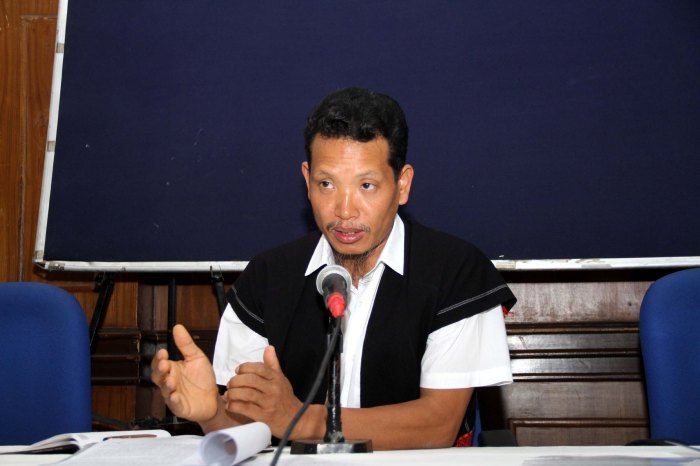

Tagam Mibang of Aalo Town in Arunachal Pradesh, India developed a new Alternate Medicine and Harmonious Living System named as “Cosmic Supra-science and Supra-intelligence Living and Healing”
CSSLH can help achievement of the global health targets in a span of few months or a year although with proactive and progressive participation and vital contribution from every member of the strong 7.48 billion humanity flourishing on Earth- Tagam Mibang
New Delhi: 2nd May 2017 : Tagam Mibang of Aalo Town in Arunachal Pradesh, India developed a new Alternate Medicine and Harmonious Living System named as “Cosmic Supra-science and Supra-intelligence Living and Healing”. While addressing a press conference here at Press club of India in Delhi, Tagam said to the media , “This press conference has been called to announce a new Alternate Medicine and Harmonious Living System developed byme which is named as “Cosmic Supra-science and Supra-intelligence Living and Healing” or in short “CSSLH”. He said ,new system has been originally and solely discovered and developed by me after a long research and experimentation for about 27 years and because of its influence, I have been living a highly healthy life without any illness and medication for the last 16 years.
Mr. Tagam Mibang said that the CSSLH system has planned to introduce at least 20 new revolutions worldwide for achievement of universal goal of harmonious and blissful living for every member of humanity and other beings on Earth. The CSSLH has tremendous role to play in achievement of various Sustainable Development Goals of the humanity spelt out by the United Nations and the World Health Organization, and it is assured that, it can help achievement of the global health targets in a span of few months or a year although with proactive and progressive participation and vital contribution from every member of the strong 7.48 billion humanity flourishing on Earth. The CSLHS is ready with plans for starting and opening of healing & learning centers within India and all countries across the world.The CSSLH has already written and requested the governments of India, United States, Canada, United Kingdom, China, Japan, Singapore and Australia, and also to the United Nations and the World Health Organization for giving an opportunity of presentation, recognition and operations for benefits of the people.
Mr. Tagam explains that CSSLH system has the following components:- Cosmic Supra-science & Supra-intelligence Healing and Harmonizing Art(CSSHHA)-I: 24 Steps of spiritual, mental and physical regimen especially for rejuvenation and healing of internal organs, brain and nervous system in addition to whole body system, and development of supra-intelligence of an human body system.
Cosmic Supra-science & Supra-intelligence Healing and Harmonizing Art-II: 200 steps of spiritual, mental and physical regimen for rejuvenation and healing of human soul, mind and body, and development of supra-intelligence of a human system.
Cosmic Supra-science & Supra-intelligence Power & Defense Art: 200 steps of spiritual, mental and physical regimen of unarmed combat and defense skills; strengthening, healing and rejuvenation of soul, mind and body in addition to development of Supra-intelligence of human system.
Cosmic Supra-science & Supra-intelligence Relaxation and Tranquility Art (CSSRTA): 9-Steps regimen for attainment of states of deep relaxation and transcendental tranquility for healing and rejuvenation of soul, mind and body, and development of supra-intelligence of a human system.
Cosmic Supra-science and Supra-intelligence Omniscience Fusion Art(CSSOFA): The regimen for learning skills to unravel, understand and experience the existence, evolution and functioning of omniscient, omnipotent & omnipresent processes of Cosmos; development of supra-intelligence of human system; synchronization, integration and fusion of human supra-intelligence with the omniscient flow of Comic Soul for harmonious and blissful living experience each ticking moment of life, lifetime and into eternity.
CSSLH Philosophy-I: Comprehensive text material about prevention and cure of all existing and known human diseases; new concepts and definitions about good health; identification and definition of new form of human diseases and their healing solutions.
CSSLH Philosophy-II: Comprehensive text material about truth, nature and purpose of existence of Cosmos, Earth, humanity & individual human system; Cosmic thoughts and activities to be followed by human beings each evolving moment of life and whole lifetime for continuous attainment of integrated, harmonized, healthy, orderly, rejuvenating and blissful states of existence for themselves, humanity, other innumerable living beings, planet Earth and Cosmos as whole.
The CSSLH system invokes core truths, absolute knowledge, highest intelligence and omniscient science which are the basis of continuous evolution and functioning of Cosmos, planet Earth along with its infinite entities including human beings. The realm of ultimate, infallible, indisputable, progressive and sacred knowledge developed under CSSLH covers every aspect of human system, body, mind, soul and it is relevant and effective in prevention and cure of all kinds of existing diseases that afflict human beings, and it also includes new definition of good health, identification and definition of new human diseases with their new healing solutions. For all kinds of human disease and causes of sufferings; reproductive, maternal, newborn and child health; infectious diseases; NCDs and mental health; injuries and violence; need for strengthening and augmentation of health systems, health financing and health expenditure; the CSSLH system has immense potential to contribute, supra-scientific, supra-intelligent, highly effective, fully natural, eco-friendly, highly cost-effective, complementary, preventive, curative and holistic healing solutions; augmentation of health systems including health workforce, drastic reduction in healthcare cost; educative, enlightening and transforming role for betterment of humanity.
The healing knowledge system under CSSLH being supra-scientific, supra-intelligent, highly effective, eco-friendly, extremely cost-effective, complementary, preventive, curative and holistic, and complemented by highly vast harmonious living knowledge has promising potential to bring revolutionary transformation and contribution towards achievement of highest state of good health and harmonious living for humanity as whole and other countless living beings on Earth, each ticking second of their life and whole lifetime; and for the present as well as countless upcoming generations in the infinite future.
The CSSLH system has also delved into every sphere of knowledge that touches human lives and it will come up with creative solutions to all existing problems of humankind on Earth like political and geopolitical ; wealth & economic issues; spirituality; widespread social problems, divisions, hatred, crime, widespread violence & war, forced displacement & humanitarian problems; challenges of scientific & technological developments, problems of industrialization, accidents; pollutions of air, water, food, environment; widespread environmental damage, natural disasters & other climatic extremities besides others.
The other objectives of the proposed press conference are as follows:-To convey message to whole humanity about the new system with appeal to get proactively engaged with CSSSLH to wipe out all problems confronting them with creative and God ordained solutions.
1. To request, appeal and advice the Governments of India, United States, Canada, United Kingdom, China, Japan, Singapore and Australia, and also to the United Nations and the World Health Organization for giving an opportunity of presentation, recognition and operations for benefits of the people.
2. To request and appeal governments of all other countries around the world to work with CSSLH for greater benefit of humankind.
3. To appeal and request various governments, multinational institutions, companies, Non Governmental Organizations, other institutions and every other member of 7.5 billion humanity as whole to engage and work with Sri Tagam Mibang and CSSLH, and to donate for carrying forward activities of global healing and harmonious transformation with the objective and goal of harmonious existence of humanity in the present generation and for the upcoming infinite generations.
4. To connect in Facebook at www.facebook.com/tagammibang
5. To connect in Twitter at @TagamMibang
6. 6. To write in Email at tagammibang@gmail.com
SUHASINI HAIDER : INDIAN FOREIGN POLICY : FROM IDEALISM TO REALPOLITIK,AT NMML

Suhasini Haider : Indian Foreign Policy : From Idealism to realpolitik Speaking at NMML Foreign Policy Peace Nam emancipation op racialism https://t.co/t8z0ifk8v7
We were getting out of with reality in the modern world JNU
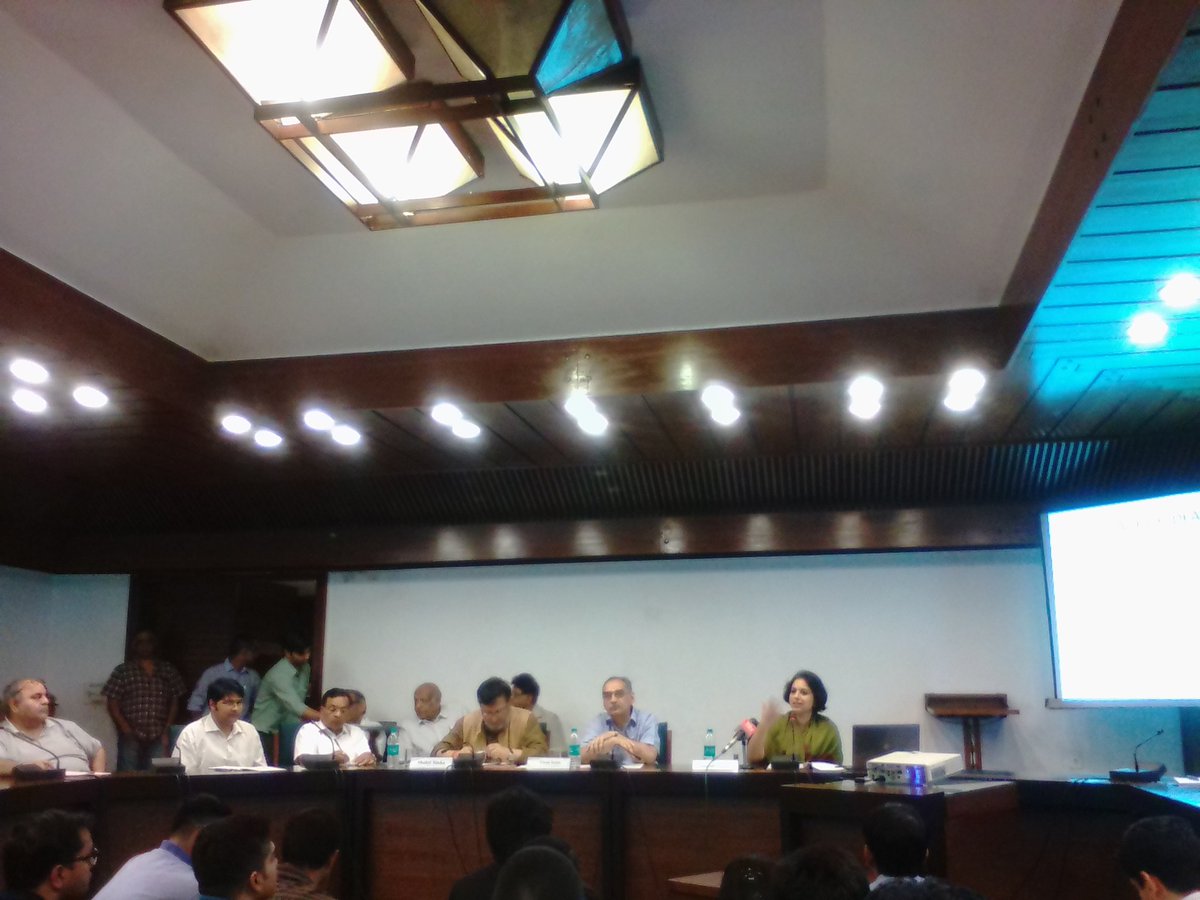
‘India and the World: From Idealism to Realpolitik ‘_Ms. Suhasini Haidar
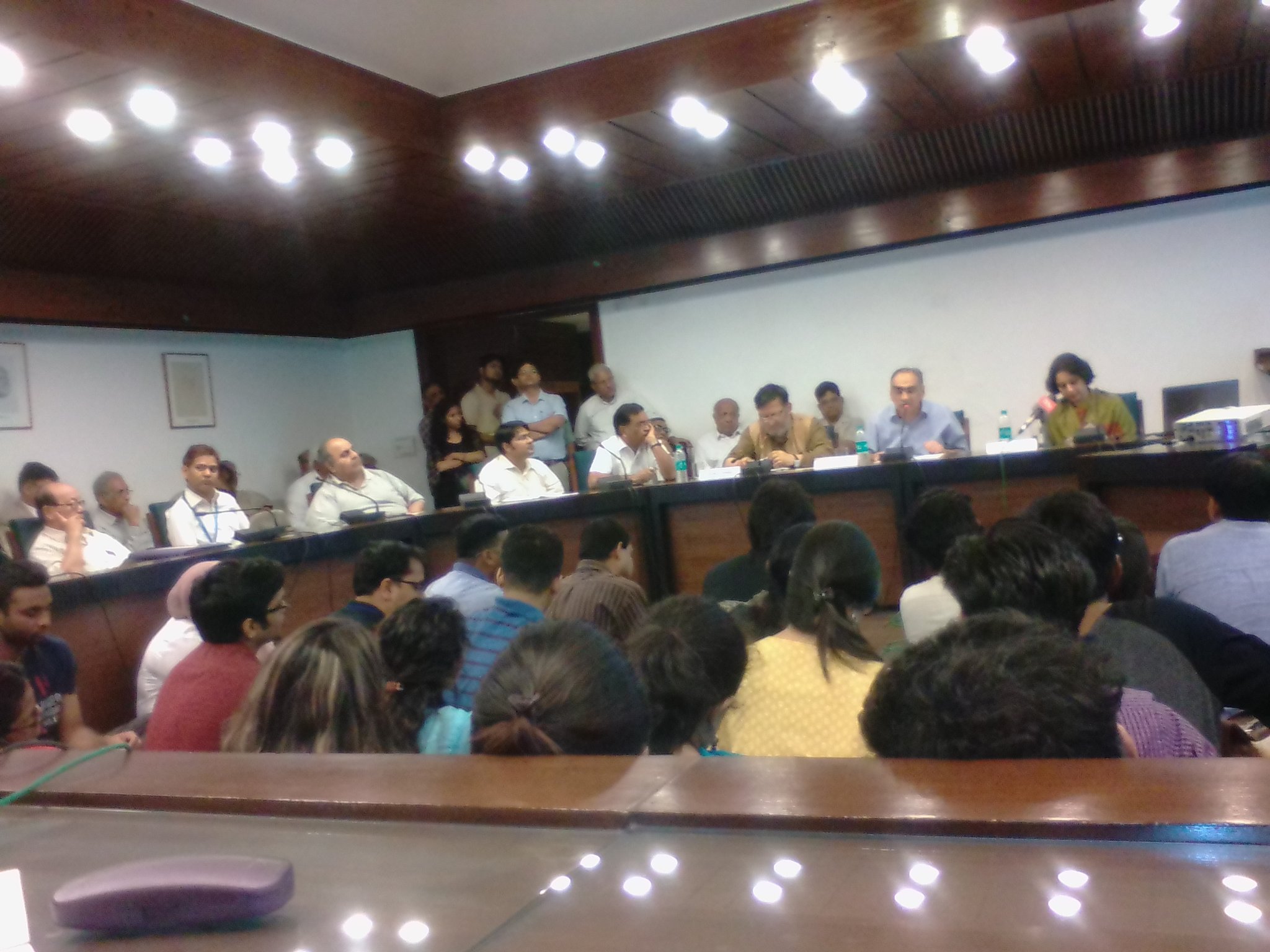
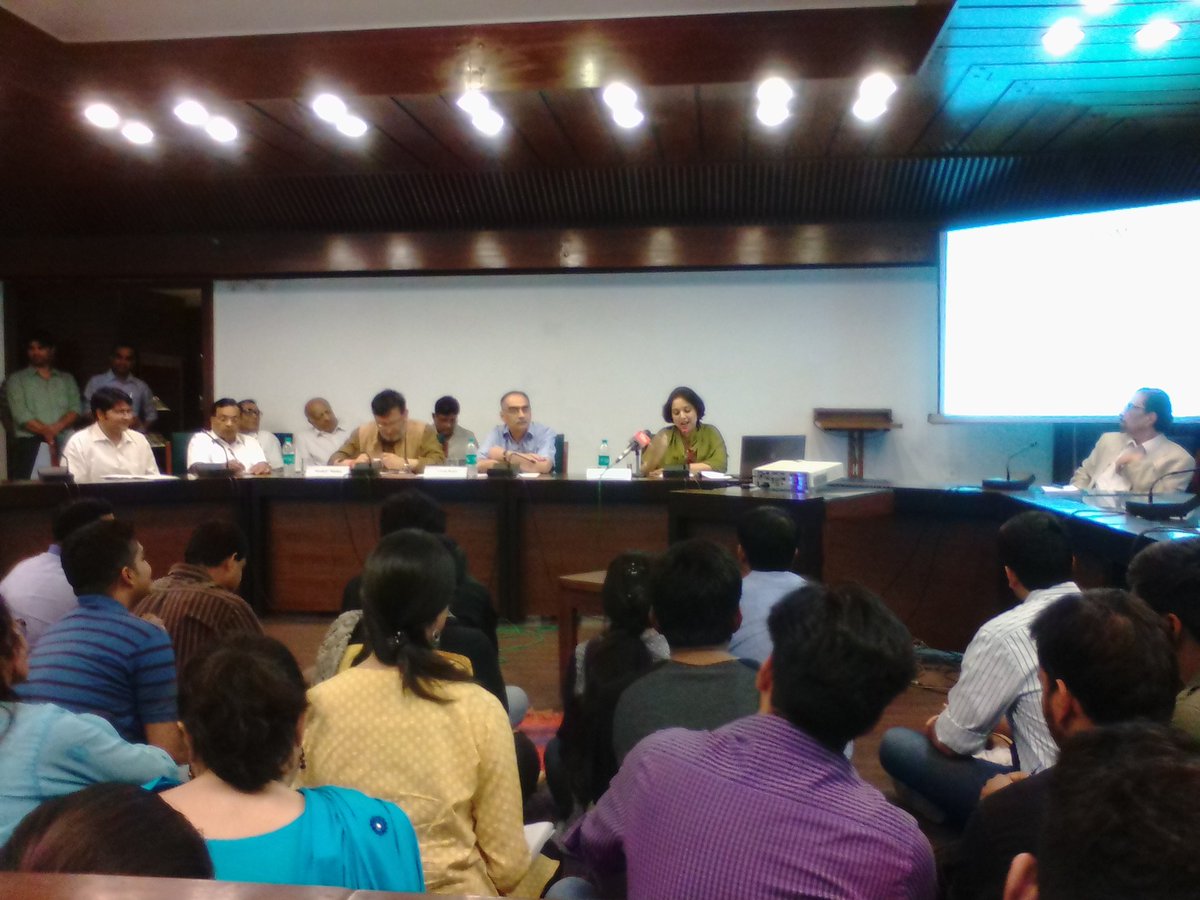
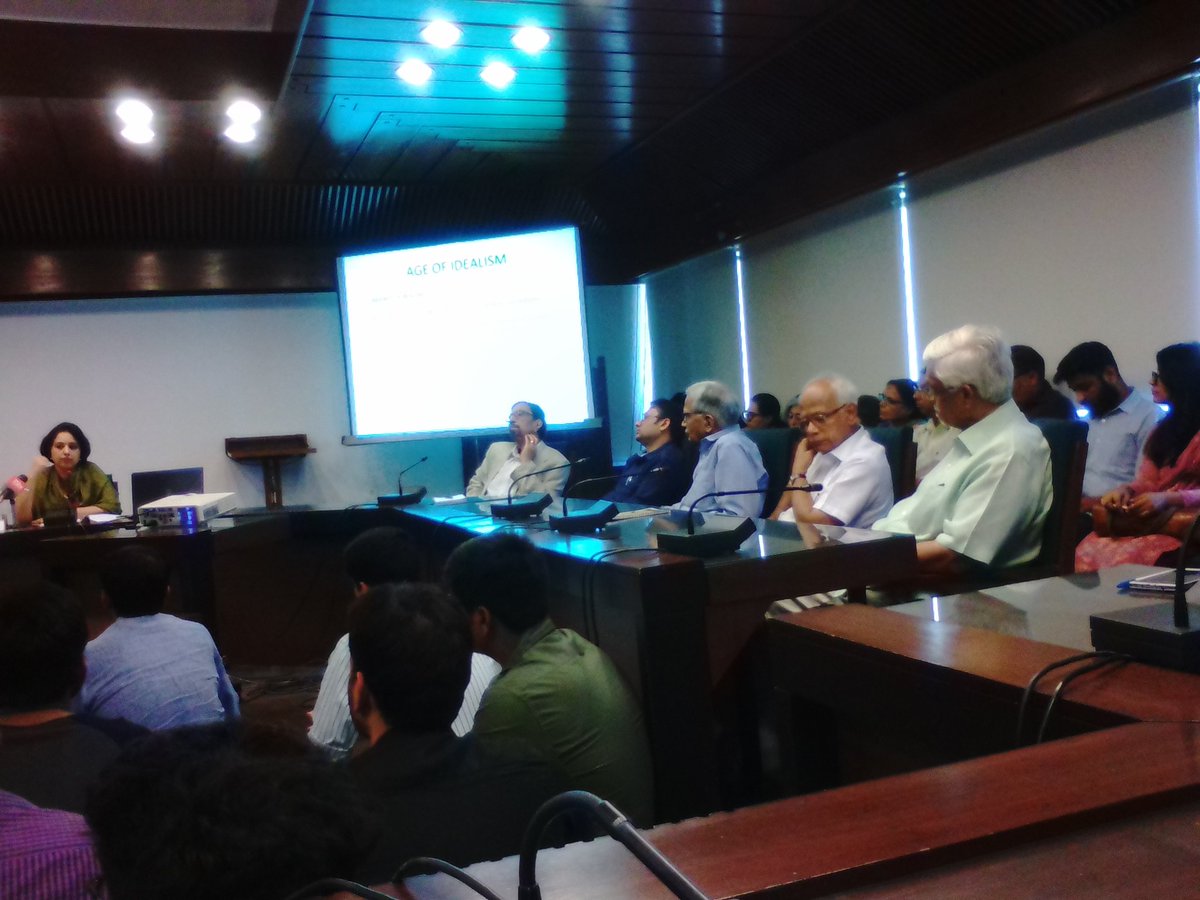
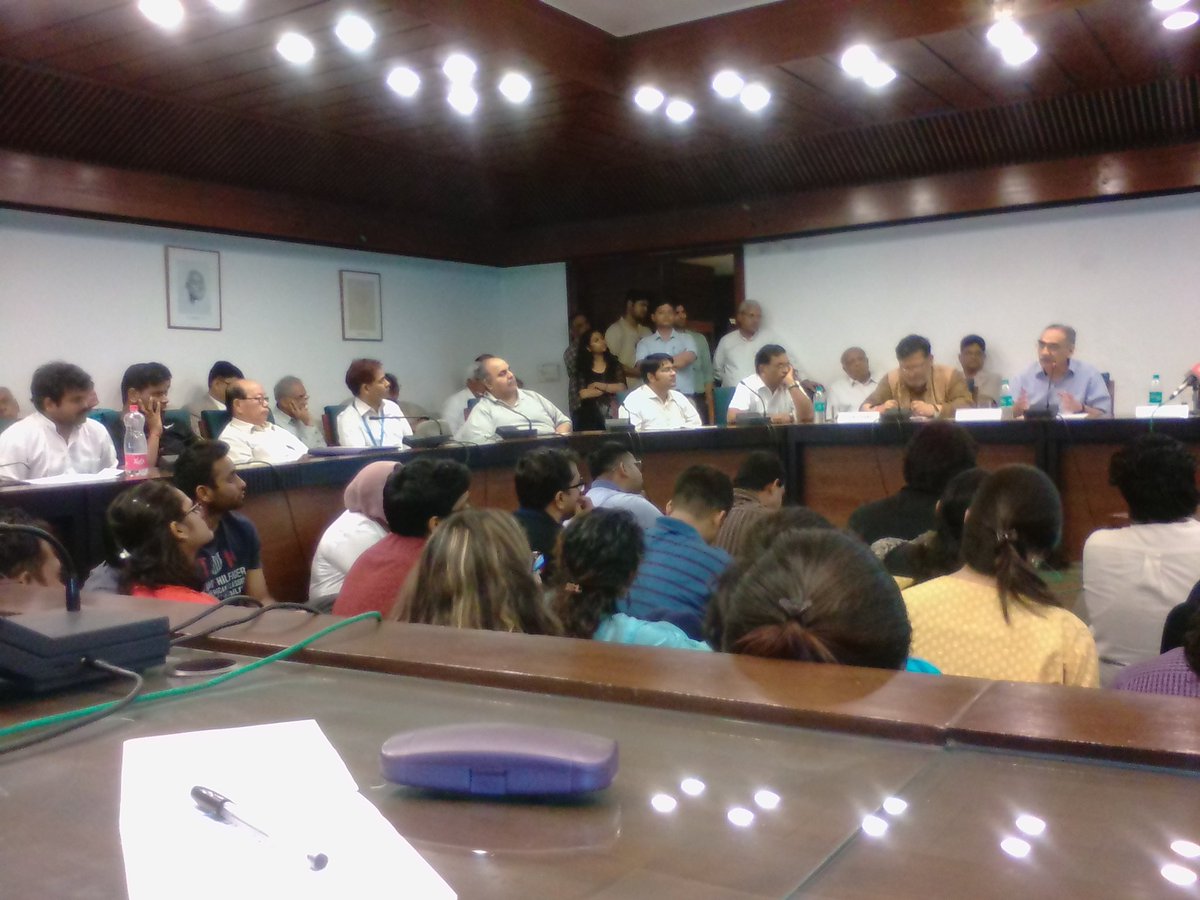

No comments:
Post a Comment